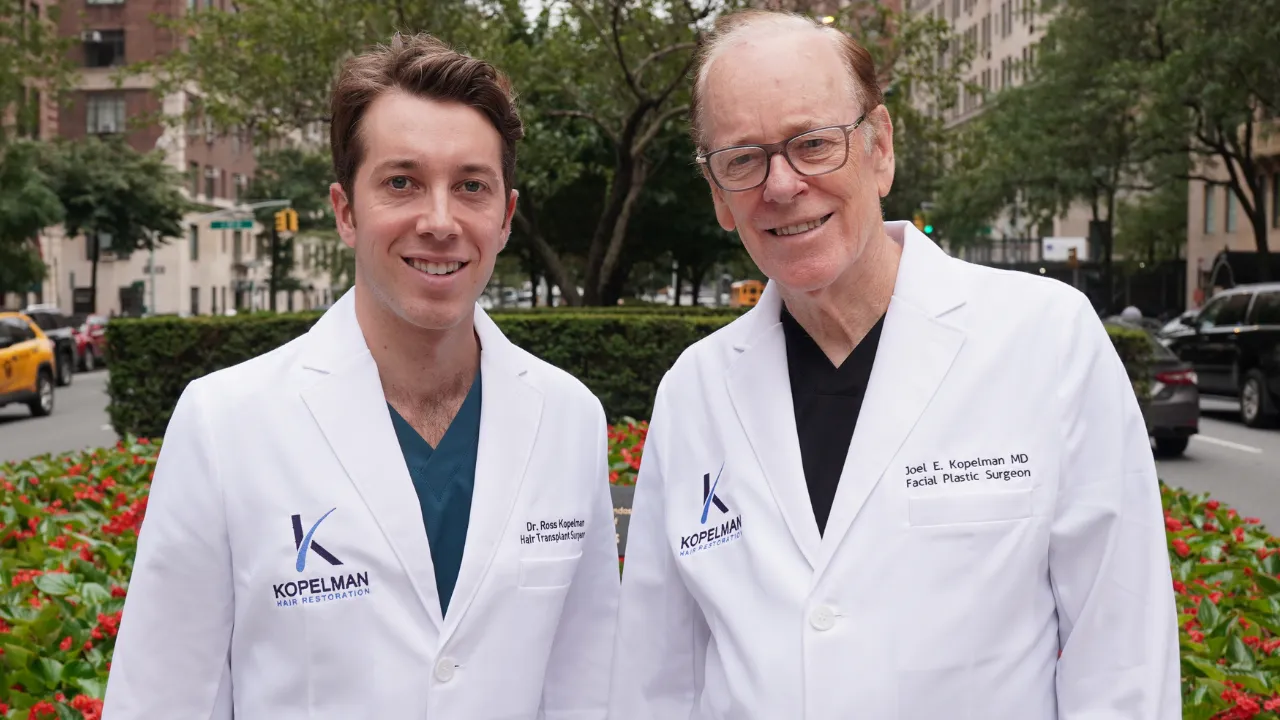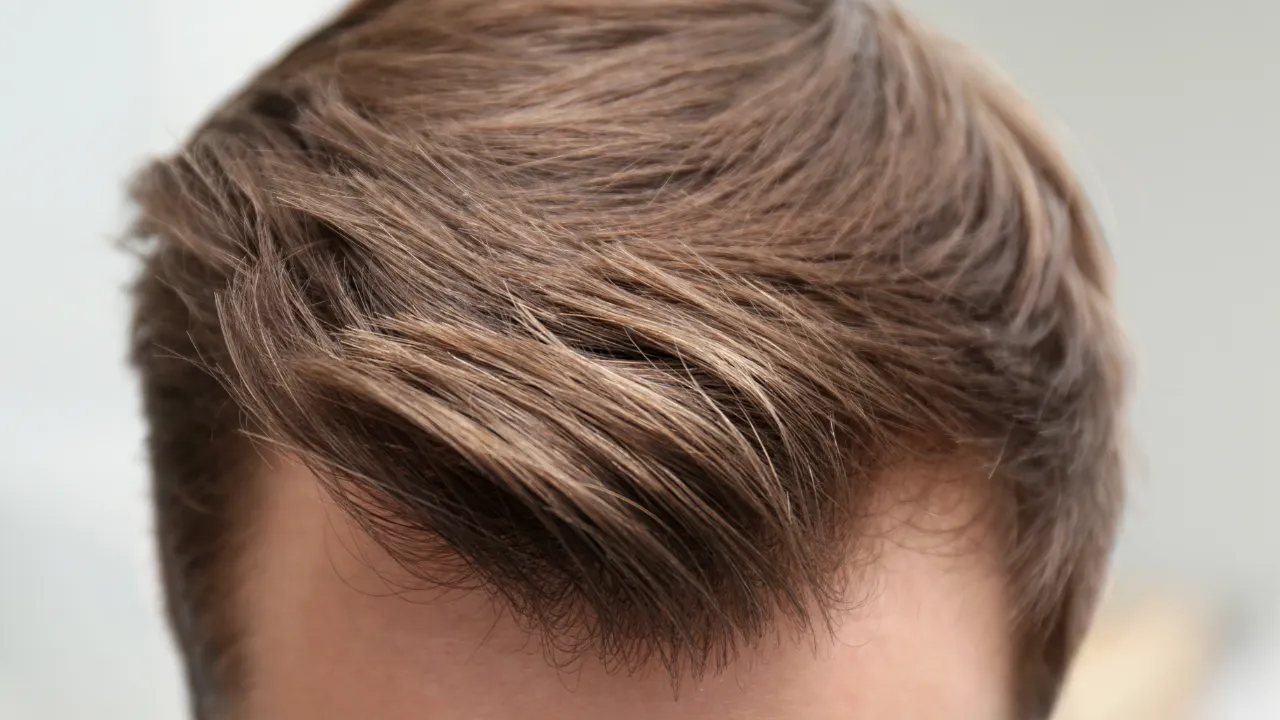Table of Contents
Toggle
A patchy beard is something many men experience, whether they’re just starting to grow facial hair or have been sporting a beard for years. If you find yourself struggling with uneven growth, thin spots, or a patchy goatee, know that you’re not alone.
While genetics play a big role, there are many ways to improve the appearance of a patchy beard, making it fuller and more defined. We will cover the causes of patchiness, grooming tips, and steps for how to get a fuller beard.
What Causes a Patchy Beard?
Several factors contribute to patchy or uneven beard growth, including:- Genetics: Your DNA largely determines your facial hair pattern, thickness, and growth speed. If men in your family have patchy beards, there’s a chance that your beard may also grow in thinner or more unevenly. Some forms of alopecia can impact beard growth too. For instance, alopecia barbae accounts for 28% of all alopecia areata cases. Skin conditions like psoriasis may also cause patchy beard growth, along with certain lifestyle factors.
- Hormones: Testosterone influences hair growth across the body, including the beard area. Men with lower testosterone levels may experience thinner or slower beard growth, which can make patchy areas more noticeable.
- Age: For many men, beards don’t reach their full potential until their late twenties or early thirties. Young men with patchy beards may find that their facial hair fills in naturally as they age.
- Lifestyle Factors: Diet, sleep, and stress levels can also impact beard growth. Poor nutrition or high stress can weaken hair follicles, contributing to patchiness.
How to Fix Patchy Beard Growth
If you’re wondering how to fix patchy beard areas, several strategies can help you improve beard thickness and overall appearance:1. Let It Grow
A patchy beard often looks more sparse in its early stages, so give it time. Allowing your beard to grow out can help hide patchy spots, as longer hair can cover gaps and create a more uniform appearance. For many men, simply waiting a few extra weeks can help in achieving a fuller look.2. Choose the Right Style
If you’re struggling with patchiness in specific areas, consider experimenting with a style that works with your natural growth pattern. A patchy goatee or short-trimmed beard style may suit you well if you have trouble with certain areas, like the cheeks or jawline. Embracing a style that complements your natural growth can give you a fuller-looking beard while downplaying patchy areas.3. Optimize Your Grooming Routine
Good grooming is essential for a healthy-looking beard. Regularly washing, conditioning, and moisturizing your beard keeps the hair soft, prevents breakage, and helps maintain skin health underneath. Beard oils and balms are also excellent for conditioning and can give a fuller appearance to your beard. A well-groomed beard always looks thicker and more defined, even if it has some natural patchiness.4. Stimulate Growth Through Brushing
Brushing your beard daily can encourage even growth by stimulating the hair follicles and helping guide the hair in a uniform direction. Brushing can also distribute the natural oils in your beard, giving it a shinier, healthier look that appears fuller.5. Trim Strategically
If you’re looking for how to grow a beard fuller, strategic trimming can make a big difference. Use a beard trimmer to keep your beard’s shape defined and focus on blending patchy areas with denser growth. By trimming and shaping, you can give your beard a more balanced look and reduce the contrast between full and sparse areas.How to Get More Facial Hair
As previously mentioned, genetics set the foundation for your facial hair, lifestyle habits can also impact hair growth. Here are some tips on how to get more facial hair:- Healthy Diet: Nutrition is crucial for healthy hair growth. Aim to include more protein, vitamins, and minerals, such as biotin, vitamin A, vitamin E, and zinc, in your diet. These nutrients support hair follicle health, encouraging stronger, thicker hair.
- Exercise Regularly: Physical activity can help increase testosterone levels, which is beneficial for beard growth. Weightlifting and high-intensity interval training are particularly effective at boosting testosterone.
- Sleep Well: Quality sleep promotes recovery and supports hormone production, which is essential for hair growth. Aim for at least 7-8 hours per night to give your body the rest it needs.
- Reduce Stress: High stress levels can disrupt hormone balance and slow hair growth. Managing stress through activities like meditation, exercise, and hobbies can positively impact beard growth.
Products to Help Fix a Patchy Beard
For those who want to speed up the process, certain products can help encourage fuller beard growth and fill in patchy areas:- Beard Oils and Balms: These products keep your beard hair healthy, moisturized, and manageable. Ingredients like jojoba oil, argan oil, and castor oil condition the hair, making it appear thicker and shinier. Regular use of beard oil can also prevent breakage, allowing you to grow a fuller beard.
- Minoxidil: Commonly used for scalp hair growth, minoxidil can also be applied to the beard to stimulate growth. Some men find it effective for filling in patchy spots and achieving a fuller beard. However, it’s best to consult with a healthcare professional before starting treatment to ensure it’s suitable for your needs.
- Supplements: Hair growth supplements, such as biotin, are popular for promoting healthier hair. Biotin, vitamin E, and folic acid are all known to support hair health, which may help fill in sparse areas.
- Beard Fillers: If you’re looking for an instant fix, beard fillers like pencils or powders can help fill in patchy areas and give the appearance of a fuller beard. While these are temporary solutions, they’re a quick and easy way to improve your beard’s look.
- Beard Transplants: For those who want a more permanent solution, a beard transplant can be an effective option. This procedure involves transplanting hair follicles from other parts of the body to the beard area. Although it’s a bigger investment, a beard transplant offers lasting results for a fuller, even beard. Feel free to visit our FUE procedure page to better understand how the latest technique in hair restoration is performed.
How to Grow a Beard Fuller: Lifestyle Changes and Patience
Growing a fuller beard often takes time and patience. Adopting a healthy lifestyle, with a balanced diet, exercise, and stress management, can make a big difference. Here are some additional tips on how to grow a beard fuller:- Stay Consistent with Your Routine: Regular grooming, conditioning, and brushing will keep your beard looking its best. A consistent routine can also prevent breakage and improve your beard’s overall appearance.
- Try Different Growth Techniques: If you’re interested in growing a beard faster, consider combining natural approaches with growth products like beard oils and supplements.
- Experiment with Length and Styles: Sometimes, letting your beard grow longer can help hide patchy areas. Longer hair can cover gaps more effectively, giving the impression of fuller facial hair.
Embrace Your Beard or Consider a Hair Tranplant
Understanding the causes, using the right products, and adopting effective grooming practices can significantly improve the look of your beard. Achieving a full beard is entirely possible with patience and the right approach. By focusing on a solid grooming routine, a healthy lifestyle, and embracing styles that suit your growth pattern, you can transform your patchy beard into a feature that enhances your appearance and confidence. Dr. Joel and Ross Kopelman, a father-son duo of hair transplant surgeons with a combined 35+ years of experience, specializing in personalized treatments that address your unique needs. Whether you’re dealing with a receding hairline, eyebrow hair restoration, thinning hair, or balding patches, or would like a full beard, a consultation with Dr. Kopelman can help you explore your options and find the best solution for your hair loss.Beard Hair Transplant: Before and After Photos

Before & After

Before & After

Before & After

Before & After
Procedure: Beard Hair Transplant
Grafts: 1200
Gender: Male
Age: 29
Procedure Description: Patient desired fuller sideburns and chin area. Photos taken before and nine months after the procedure.
Grafts: 1200
Gender: Male
Age: 29
Procedure Description: Patient desired fuller sideburns and chin area. Photos taken before and nine months after the procedure.
Procedure: Beard Hair Transplant
Grafts: 1500
Gender: Male
Age: 33
Procedure Description: Patient wanted to fill in patchy areas for a more even beard. Photos before and one year after the procedure.
Grafts: 1500
Gender: Male
Age: 33
Procedure Description: Patient wanted to fill in patchy areas for a more even beard. Photos before and one year after the procedure.
Procedure: Beard Hair Transplant
Grafts: 1800
Gender: Male
Age: 35
Procedure Description: Patient aimed for a denser mustache and goatee. Photos taken before and six months after the procedure.
Grafts: 1800
Gender: Male
Age: 35
Procedure Description: Patient aimed for a denser mustache and goatee. Photos taken before and six months after the procedure.
Procedure: Beard Hair Transplant
Grafts: 2000
Gender: Male
Age: 38
Procedure Description: Full beard to enhance facial symmetry. Photos taken before and nine months after the procedure.
Grafts: 2000
Gender: Male
Age: 38
Procedure Description: Full beard to enhance facial symmetry. Photos taken before and nine months after the procedure.
of
























